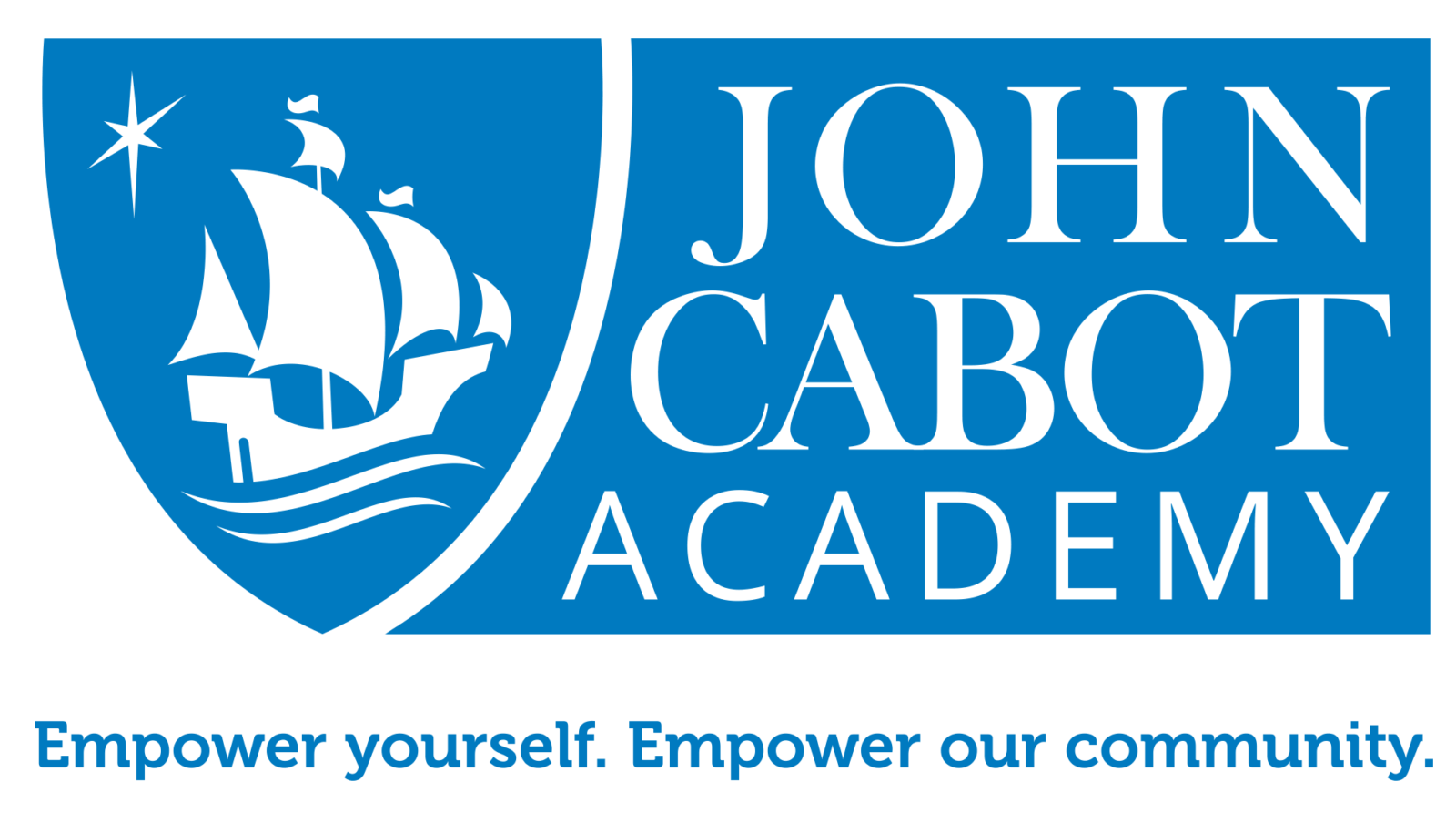A History of John Cabot
John Cabot is most famous for setting sail from Bristol on board his ship, The Matthew (which our Academy logo represents). There is a reconstruction of the ship in the harbour in Bristol’s city centre. It is most likely that he came to Bristol to find financial backing for his voyage where he hoped to find a quicker route to Asia. He sailed to Canada and proclaimed the land he found there as the ‘Newfoundland’ which it is still called to this day.
However, he mistakenly believed he was in Asia! As a result of his discoveries, he was the first early modern European to discover North America. He did not come across native Americans during this voyage, but it did impact later voyages of discovery. Other explorers used John Cabot as an example and felt that they could also travel to new countries and take the land and resources they found there. His actions became a blueprint for further colonisation of other countries and it is known that in 1502, another expedition (not Cabot’s) arrived back in England with three native Americans who could have been taken against their will. These people later became servants in Henry VII’s household. However, by this time John Cabot was dead, so he could not have been involved in this.
Historians know for certain that these two native Americans were presented to the King and that two of them were employed at Court until at least 1504. The King probably took them into his household as a way of bolstering his claims to North America. Those colonial claims had nothing to do with the natives of America. It was all about Henry VII claiming lands that the Spanish and/or Portuguese believed belonged tothem. They wouldn’t have been regarded as slaves. That’s partly because the right to own slaves wasn’t recognised in English law. But it’s also because figuring them as slaves would have run counter to Henry’s claims to dominiumover the land they came from. Rather, it was in Henry’s interest to represent the natives ashis ‘subjects’ from his land.
Some of his actions are controversial today but what is important for us at John Cabot is that our pupils learn historical information in context; that they learn how and why attitudes and actions have changed over time and what we as members of our community can do to learn from the past and make Bristol a better place.


